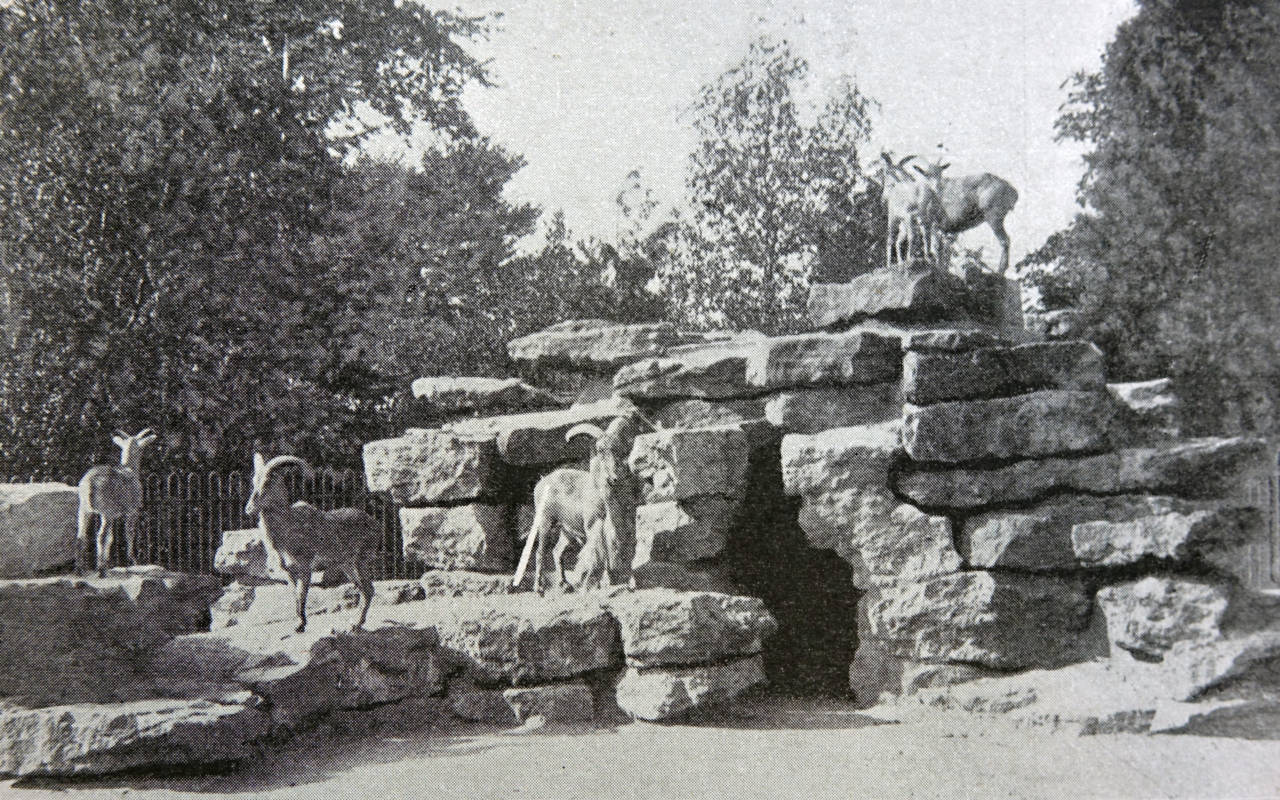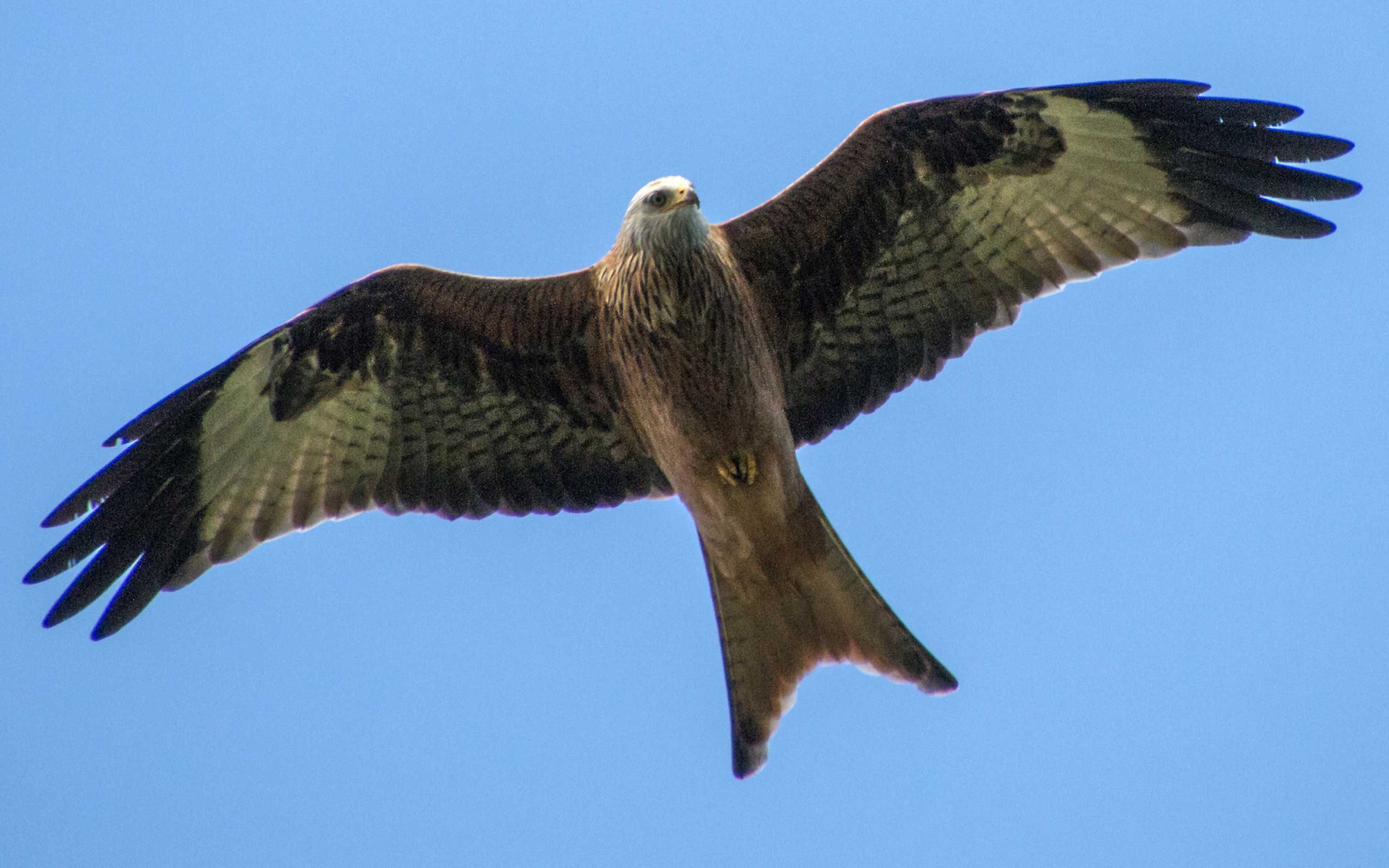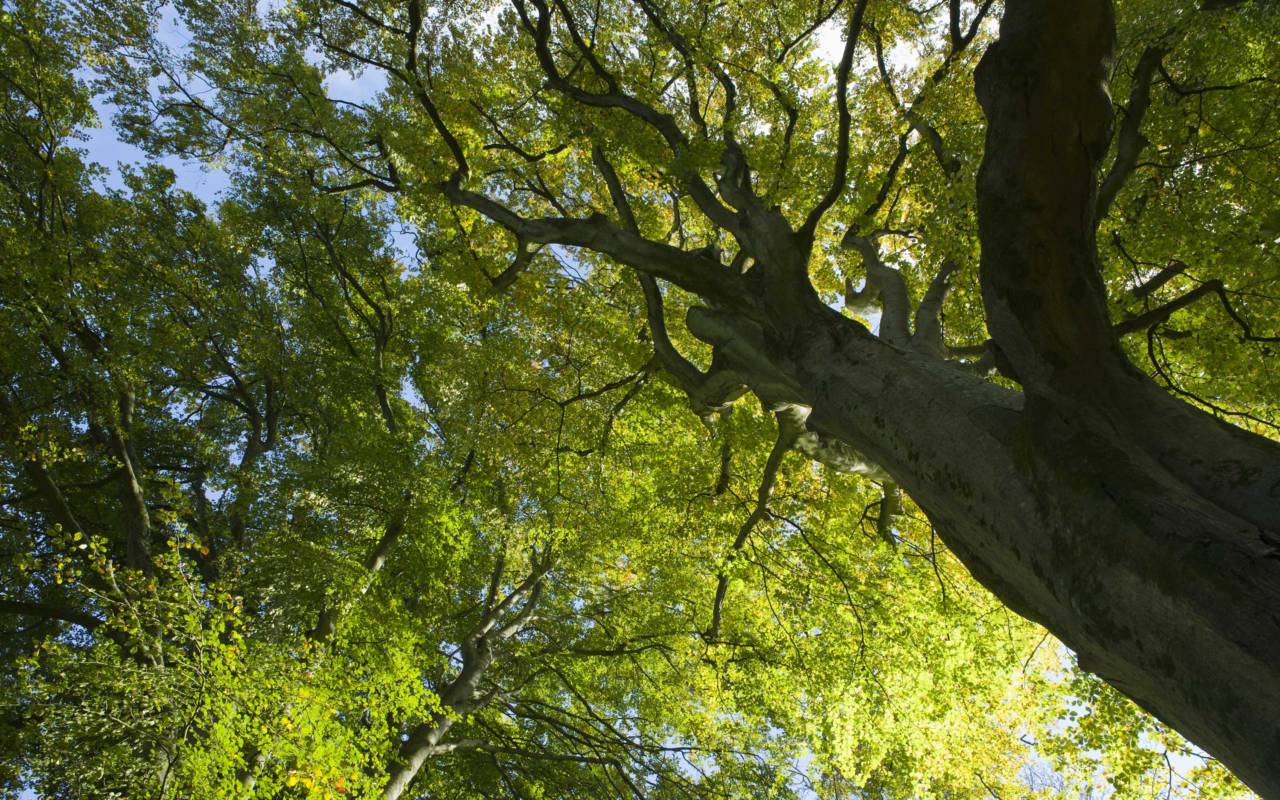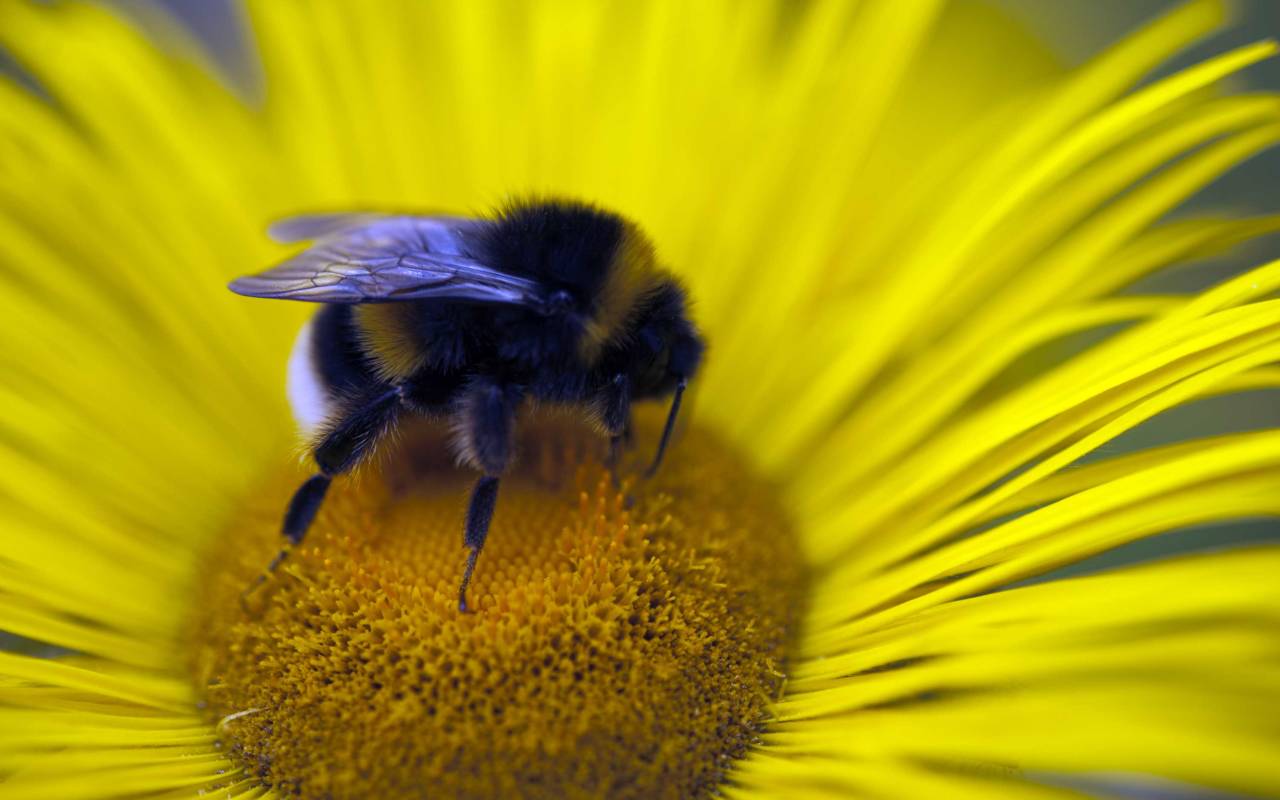
Wildlife spotting at Waddesdon
Waddesdon is full of wonderful animals, so keep your eyes peeled to spot some of the native creatures as you walk around.
Baron Ferdinand de Rothschild used Waddesdon at weekends to entertain his family and friends, he also added an Aviary with exotic birds, and a menagerie of Barbary sheep and rare deer and cattle to add extra interest for his guests.

Of these animals, only birds in the Aviary remain however Waddesdon is a rich habitat for a wide variety of animals, insects and birds. As you go for a walk, keep your eyes open as you may spot a Red Kite with its distinctive forked tail, hares, local butterflies, dragonflies or grasshoppers.

Here are some of our favourites to spot at Waddesdon:
Badgers can mate all year round but the cubs are only ever born in February. If you are really lucky, you can spot baby badgers in April and May.
Yew Trees can live for over 1,000 years. They like the limey soil here. Yew wood was used to make the famous English longbows used at the Battle of Agincourt in 1415. Yews are one of the few conifers that don’t produce cones, but birds love their red berries.
Stinging Nettle leaves and stems are covered with tiny hairs, which snap and release acid when touched causing a painful sting. In the past, nettles have been used for food and medicine, and the stems were woven into cloth.

Beech Tree leaves are sensitive to light and twist to face the sun. They produce nuts (beech mast), but need a hot, dry summer to flower. Beech mast is edible but we leave it on the ground because animals love it, from badgers, squirrels and mice to blackbirds, thrushes and pheasants.
Flies live in water, soil, leaf litter, stems, moss, fungi, rotting wood and dung. There are nearly 7,000 different types of fly in Britain, from tiny mites to giants nearly 30mm long. We think of them as pests but their larvae (maggots) feed on rotting vegetation and dead animals, breaking them down, so that eventually they become part of the soil.

Bumble Bees form small colonies of non-breeding female worker bees. They do not store huge amounts of honey but work hard to provide food for the colony moving from flower to flower.
As seen in this short video above, they are excellent pollinators of plants, from wild flowers to crops like apples, tomatoes and runner beans. Bees are having a hard time thanks to bad weather, diseases and pesticides, so we do all we can to support them because we rely on their help to make things grow.
Keep an eye on our social media channels where we’ll be posting all about Waddesdon’s wildlife! Follow us on…







